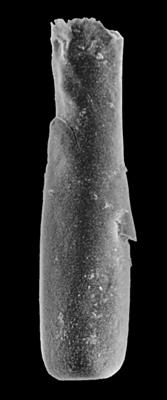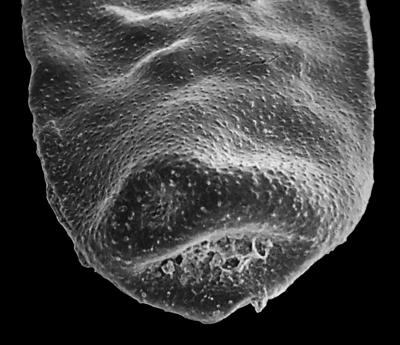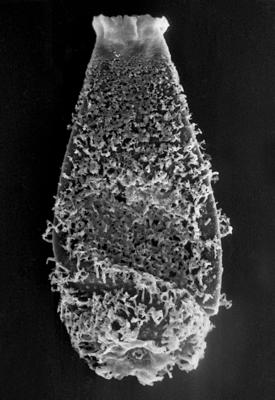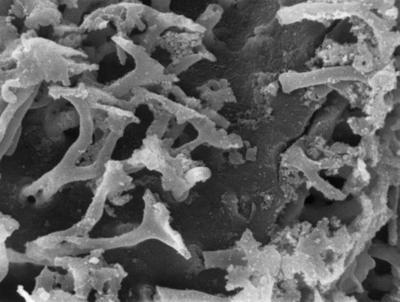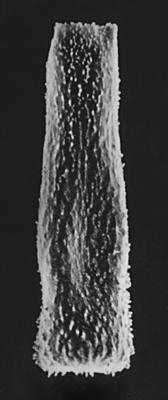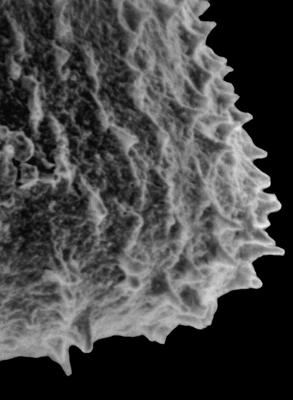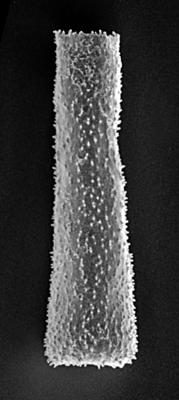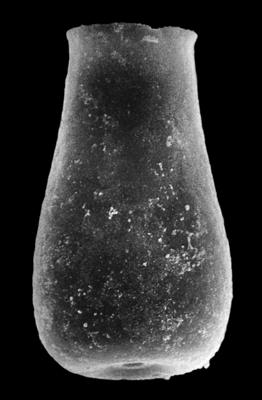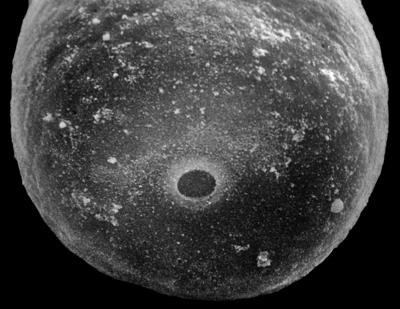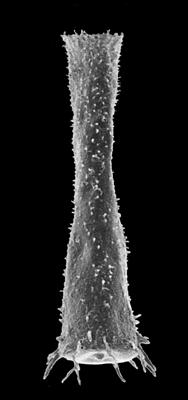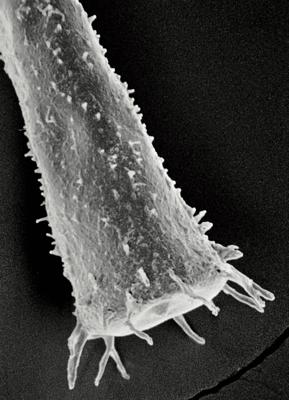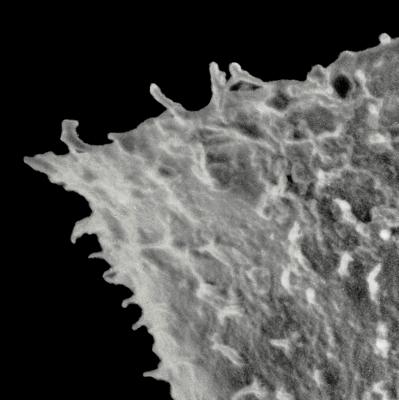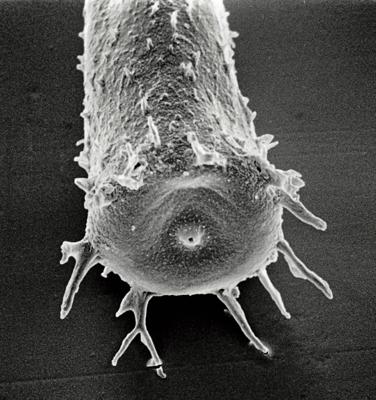| Abstract | The Hirnantian (late Ordovician) environment was complex and dynamic. Understanding the correct order of events and their precise correlation with a time scale are extremely important for the development of different kinds of environmental interpretations. The lower boundary of the Hirnantian Stage is officially defined by “the lowest occurrence of Normalograptus extraordinarius, the base of major positive carbon-13 isotope excursion, and the beginning of a pronounced sea-level fall associated with onset of a major glaciation” (ICS website). Our aim is to check if these events are synchronous, particularly how the situation is with respect to the Baltic. Thus several sections were analysed using mainly East Baltic data (drill cores), but also data from elsewhere, including brachiopod, chitinozoan, and conodont biostratigraphy combined with graptolite and carbon isotope data. Brachiopod faunas of the Pirgu and Porkuni stages are rather similar to those of the Ellis Bay Formation of Anticosti Island, Quebec, but the Pirgu assemblage, as well as that of the lower Ellis Bay Fm. lack key elements of the Hirnantian faunas. The primary criterion quoted above is stable, but auxiliary data like the isotope curve are less convincing. When the latter is used, it should be specified, e.g. that the carbon isotope excursion begins usually slightly earlier (in the Diceratograptus mirus Biozone), but it might be conventionally placed into the N. extraordinarius Biozone when a biostratigraphical proxy is available. The peak of the excursion is in the lower N. persculptus Biozone, but the main increase in values takes place in the N. extraordinarius Biozone. The Spinachitina taugourdeaui Biozone marks at many localities the bottom of the Hirnantian, and only the recent chitinozoan–graptolite data from the topmost Lousy Cove Member (on Anticosti Island) suggest a mid-Hirnantian age, which is at variance with common correlation schemes. |
|---|
